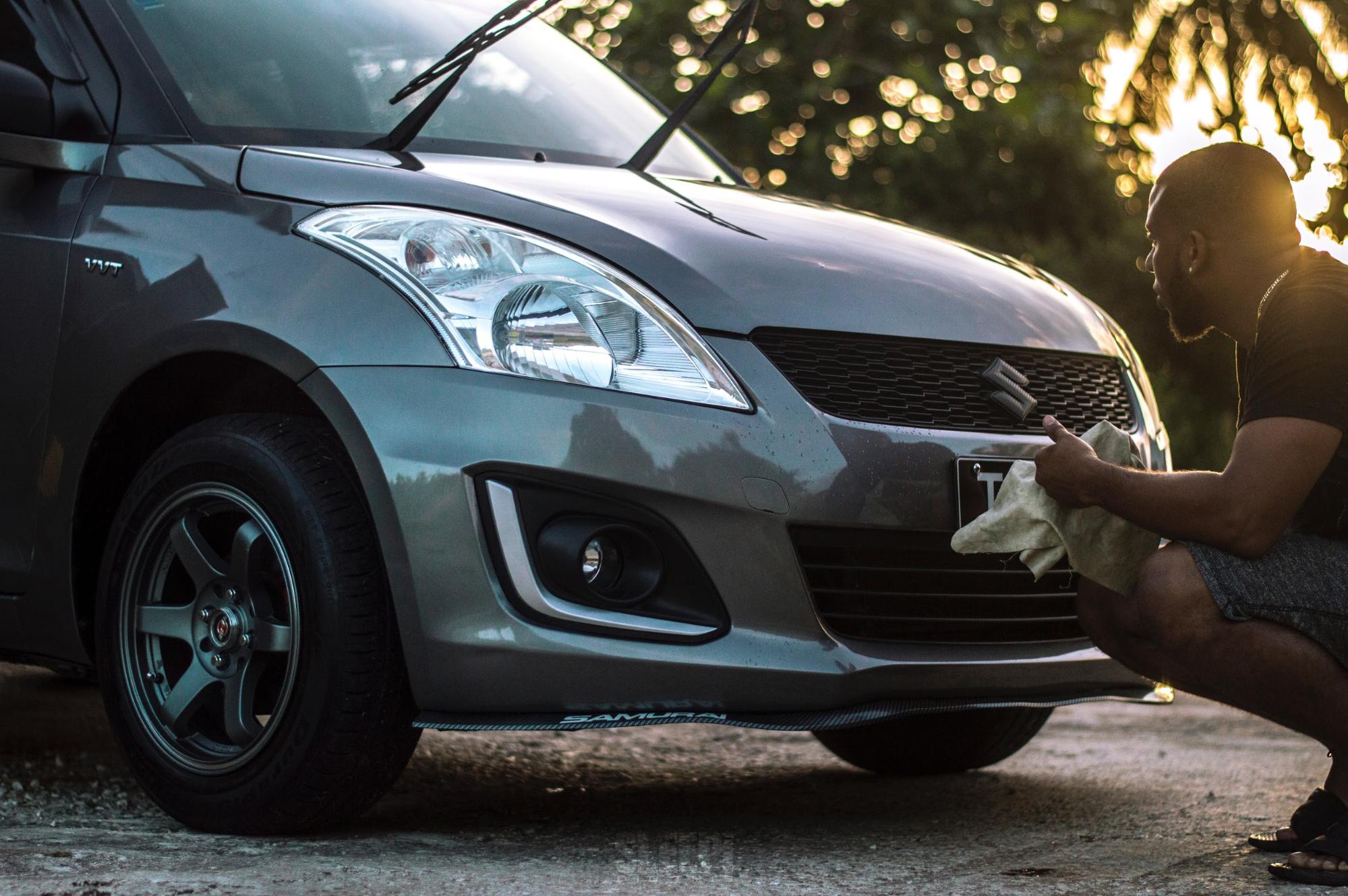As a professional driver, you can look forward to seeing new places on a regular basis. But with that comes its own set of challenges – most notably related to road safety. Here are six key things to look out for if you’re working as a professional driver in order to stay safe on the road.
1. Traffic Trends
While there are some common things you can expect no matter where you’re going, it’s also important to stay informed on the different traffic trends in the areas you’re about to drive to. In other words, if your job is taking you along the Mississippi River, you’ll want to check for recent news for accidents in St. Louis and any other major cities along the way. Some places have a higher rate of DUI-related accidents, while people tend to speed in others. In a similar sense, you need to keep in mind the kinds of vehicles you can expect. There are different types of potential dangers that can happen if there are a lot of bikers on the road versus a lot of large trucks. Knowing what to expect can help you be more cautious and aware while driving.
2. Driving Hazards The Driver Can’t Avoid
No matter how cautious you are, there are always going to be some driving hazards that you can’t avoid. This is why it’s important to know what to do in the event of an accident or breakdown. While you should always call the police if there’s an accident, you should also know how to change a tire and have a basic understanding of car repairs. If your job requires you to drive for long periods of time, you should also know how to deal with things like drowsy driving. The most important part is to be mentally prepared so that you don’t lose your patience or focus if something does go wrong.
3. Handling Distractions While Driving
There are going to be times when you’re driving and you’ll get distracted. It could be something as simple as a text message coming through on your phone or somebody in the passenger seat talking to you. The best thing you can do is to try and limit distractions as much as possible. If you know you’re going to be driving for a long period of time, let any potential passengers know that you need to focus on the road and can’t talk. If you’re expecting a phone call, pull over to the side of the road before answering it. And, as tempting as it may be, resist the urge to check social media or other apps while you’re driving. As already mentioned drowsy driving is, unfortunately, a reality for a lot of professional drivers. Ideally, you should make a stop if you’re feeling tired and sleep it off. However, if your schedule doesn’t allow for that, make sure to at least take a small break to get a cup of coffee and eat something to help you stay awake.
4. Road Rage And Aggressive Drivers
Unfortunately, there are a lot of aggressive drivers out there. And, as anyone who’s ever been the victim of road rage can attest to, it can make for a very dangerous situation. The best thing you can do is to try and stay calm and avoid getting into an altercation with an aggressive driver. If someone is tailgating you or trying to pass you in an unsafe manner, let them go. It’s not worth risking an accident or getting into a fight over something that can be so easily avoided. Try not to take anything personally and just let them go on their way.
5. Safe Stopping Distance
It’s important to always leave a safe stopping distance between you and the car in front of you. This is especially true if you’re driving in inclement weather conditions. When it’s raining or snowing, it takes longer for your car to come to a stop. And, even if the roads seem clear, there could be slippery spots that you’re not aware of. So, it’s always better to err on the side of caution and leave a little more space than you think you need. Of course, if you’re carrying a heavy load, you need to take that into consideration as well, as it can make a big difference in your stopping distance.
6. Weather Conditions
As a professional driver, you need to be aware of the potential dangers that come with driving in different weather conditions. If you’re driving in the rain, for example, you need to account for the fact that it takes longer to stop and visibility is reduced. Snow and ice can also create hazardous driving conditions, so you need to take things like black ice into consideration. The best thing you can do is to check the weather forecast before you set out on your trip and plan accordingly. If the conditions are going to be bad, make sure to allow yourself extra time so that you can take things slowly and stay safe.
These are just a few of the things you need to be aware of if you’re working as a professional driver. Of course, every situation is different and you need to use your best judgment in each case. But, if you keep these six things in mind, you’ll be well on your way to staying safe on the road.







